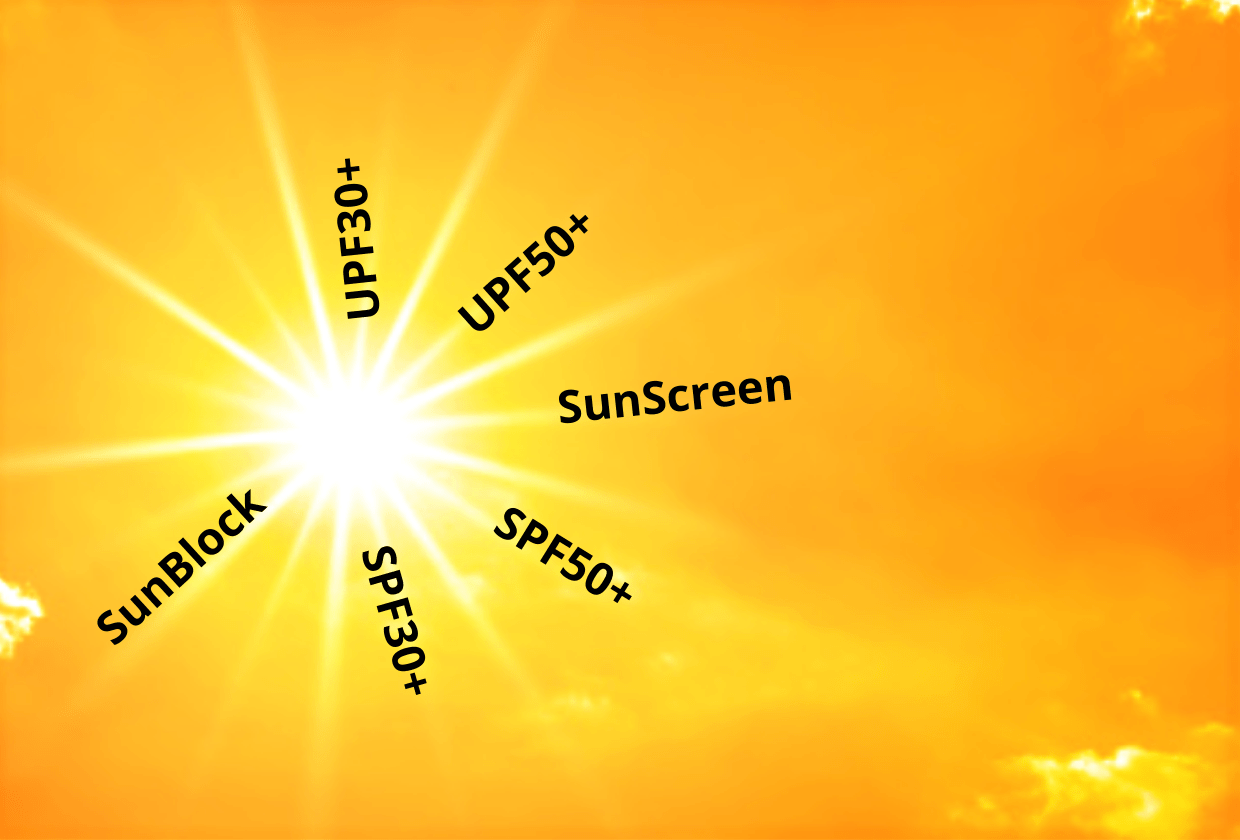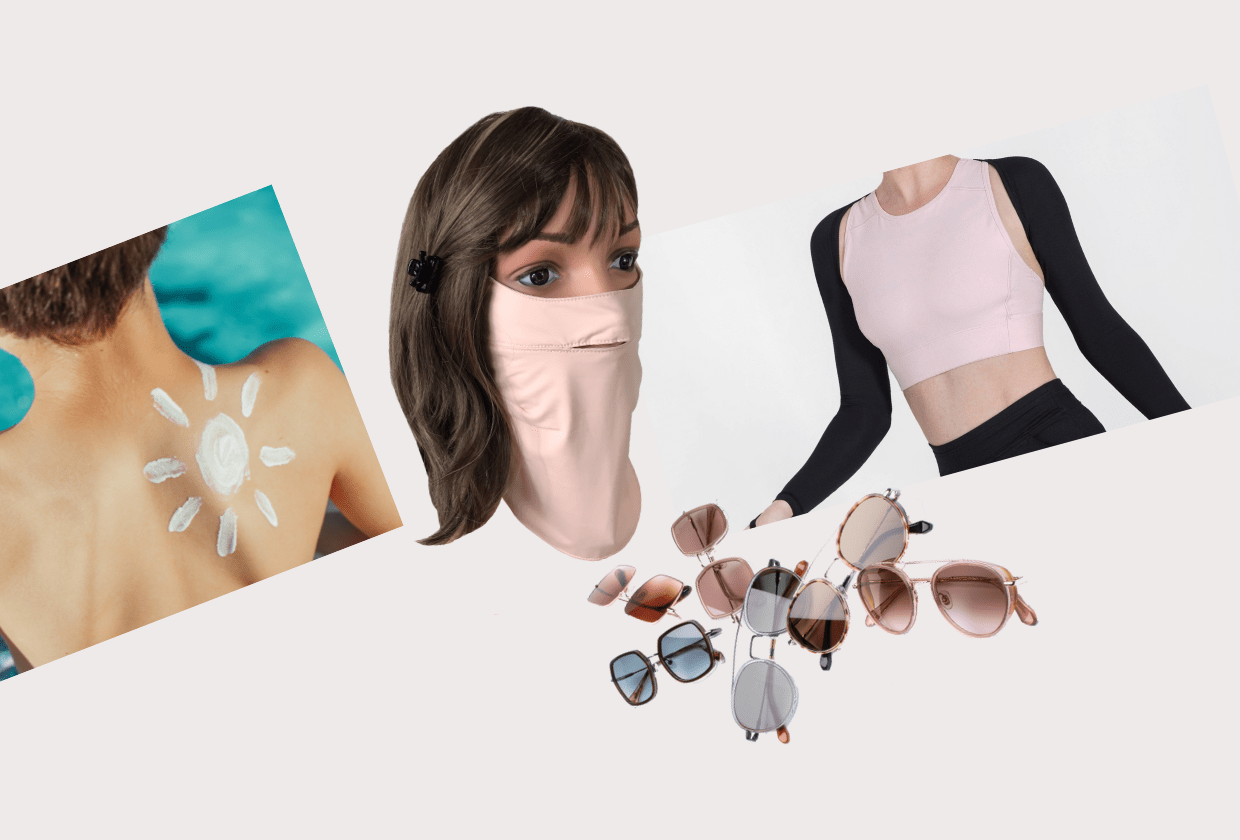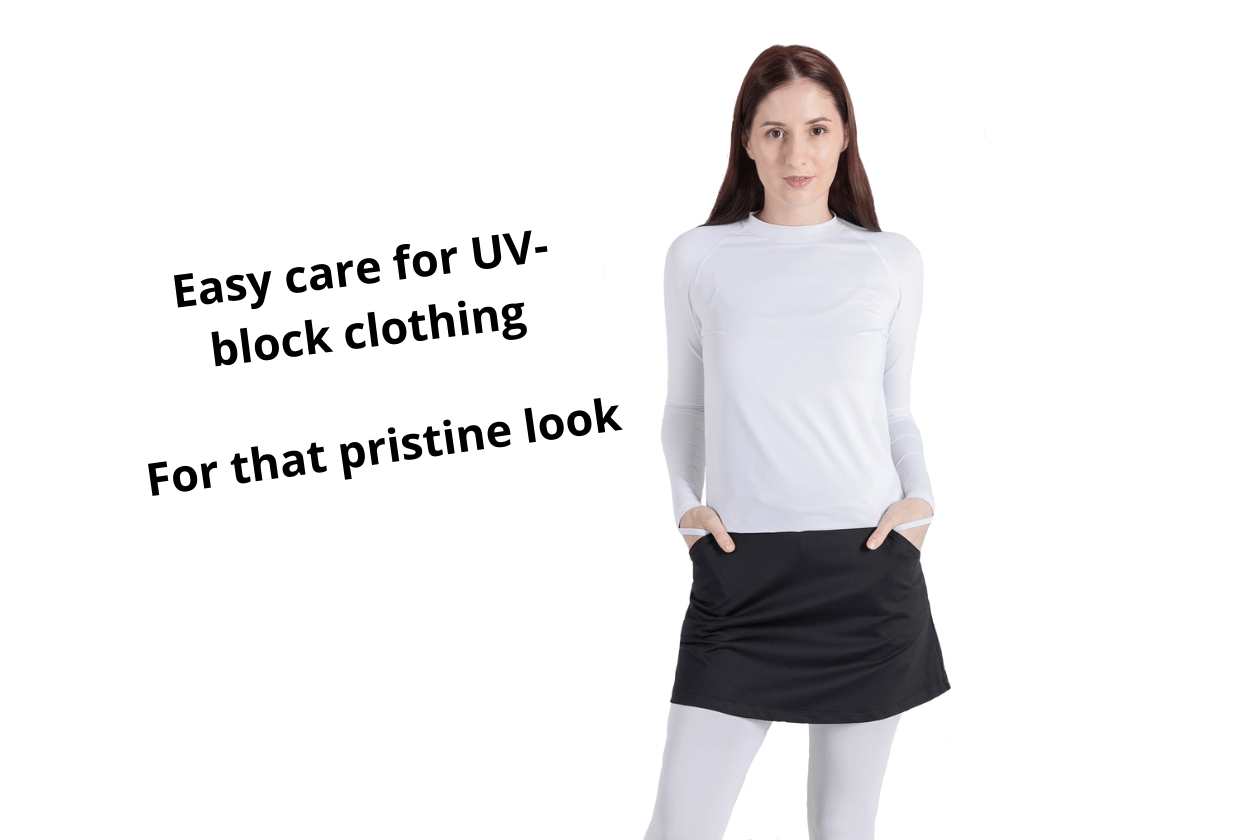Best Sun Protection Tips – The A,B,C of UV Radiation
The right step towards getting the best sun protection for ourselves and our families is to clear the jungle of information about UV radiation and zooming into what is really relevant. What are the differences in terms like UVA, UVB, UVC, sunblocks, sunscreens, etc?

Understanding UV Rays
Not surprisingly, the many terms relating to UV radiation and protection against it can be confusing and overwhelming. In high skin cancer-incidence countries, where there is higher priority on skin cancer prevention, the general understanding and diligence towards sun protection is much higher.
In the tropics, where skin cancer draws less attention, even though UV radiation is strongest near the equator, the heat and humidity make many people reluctant to put on layers of extra fabric. And, perspiration causes sunscreen creams/lotions to run down the face, often smarting and irritating the eyes. So, increasingly the outdoorsy types are choosing to don sun protection wear such as face masks, arm sleeves, leggings, etc. Some who drive often, have also adopted the good practice of using arm sleeves when sunspots appear on their arms.
How effective are these sun protection wear? Our interactions with customers and other outdoor enthusiasts reveal a real need for more of this information to the public.
Notably, comfort and price are two key decision factors for most users. Rightly so, as we should not be overpaying for sun protection products if they become part of our daily use. The good news is that good quality and reasonably priced products are available, the question is how do we evaluate their price vs value. So, to ensure that the right choices are made, it is important to understand how UV radiation works.
The A, B, C of UV Rays
The table below is a simplified guide to help explain and remember UV rays. The shorter the wavelength, the more harmful the UV rays.
| Type | Impact | Characteristics |
| UVA | Aging -> wrinkles, cancer | Longest wavelength : penetrates the out layer of skin, glass, clouds. Accounts for 95% of UV radiation on earth |
| UVB | sunBurn -> cancer | Medium wavelength : stopped by glass, more damaging than UVA, the more common cause of skin cancer |
| UVC | Negligible | Shortest wavelength : blocked by the atmospheric ozone layer |
SPF vs UPF
It is still common to assume that SPF is the measurement of UV-protection effectiveness of a product. UPF and SPF are different in how the ratings are derived and used.
SPF = Sun Protection Factor
This rating indicates the UV blocking effectiveness of sunscreens. It indicates the time it takes to avoid a burn under sun exposure. So, what does the rating measures?
Interpretation : Take the general assumption that it takes 10 minutes of exposure to get a sunburn. SPF30 means that when the sunscreen is applied, it takes 30 x 10 = 300 minutes of sun exposure to cause a burn. This translates to 300/60 = 5 hours of protection. Note that in actual application, various factors necessitate more regular re-application.
| SPF Rating | Duration of Protection |
| 15+ | 150 mins = 2.5 hours |
| 30+ | 300 mins = 5 hours |
| 50+ | 500 mins = 8.3 hours |
UPF = UV Protection Factor
This rating indicates the UV blocking effectiveness of fabrics. All fabrics can block UV rays to a certain extent but in hot weather especially in the tropics with high temperature and humidity, outdoor activities created a demand for fabrics that are light-weight and breathable which greatly reduce their UV blocking effectiveness. When fabrics are treated to block UV rays, they absorb and disperse the UV rays hence preventing these harmful rays from damaging the skin. So, what does the rating measures?
Interpretation : The UPF ‘number’ shows the ‘one part of the number’, of UV-rays that passes through the fabric. A fabric with UPF50 protection, means that if 50 units of UV rays fall on the fabric, only 1 out of the 50 units of rays can pass through the fabric, blocking off the remaining 49 units. The UV blocking effectiveness of this fabric is 49/50 = 98%. So, UPF50 = 98% UV block.
The ASTM (American Standards For Testing and Materials) guide for Sun Protective Clothing and Swimwear is :
| UPF Rating | Parts of UV Rays Blocked | % of UV Rays Blocked | Protection Level |
| 40 to 50+ | 39/40 to 49/50+ | 97.5% to 98%+ | Excellent |
| 25 to 39 | 24/25 to 38/39 | 96.0% to 97.4% | Very Good |
| 15 to 24 | 14/15 to 23/24 | 93.3% to 95.8% | Good |
So armed with the above information, you will be able to interpret the effectiveness of your sun protection products.
Read our next Blog to get tips on making better purchasing decisions on sunscreens, sun protection wear with UV block and sunglasses.
There are no comments





